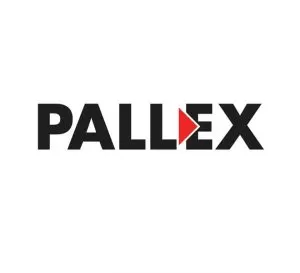Changes to Google in 2011 – How have the search engine results pages changed in the past year?
As a busy and (very!) talented search agency, we are forever tracking and documenting Google’s search engine results pages (SERPs). As well as keeping an eye on where are clients are ranking for their target keyphrases, regularly checking the SERPs enables us to keep up to date with all of the changes Google introduces and make sure our sites are positioned and displayed exactly where their audience is looking.As a sort of end of year blog post, I’ve decided to grab a random selection of screengrabs we took approximately a year ago for a variety of our clients and see how the SERPs of today look in comparison.
The obvious difference here is the new Google design, which was rolled out a month or so ago and gives the results page a much cleaner feel. Once you get over that though, you’ll start to notice a few major differences – most notably the positioning of the ads and the ‘Shopping’ listings.
In the earlier results page the Shopping listings were at the very top and were listed vertically. These are now replaced by a much more prominent block of ads. The Shopping listings now also include an image for each listing and are displayed horizontally – which makes them also appear quite prominent.
All this means that it is a lot harder to make your natural listing stand out and gain clicks. Even if you are number one in the natural listings your click-throughs are going to be taken from the ads as well as the Shopping listings. The recent push by search engines for Webmasters to use rich snippets could help – but once everyone uses these we’ll all be in the same boat again!
The key really is to be involved with whatever ‘vertical’ search engines are relevant to you, to ensure you benefit from their prominence in the search results. So if you sell products, get your feed into Google Merchant Centre, if you run a blog, make sure it is listed in Google News – and if you are a bricks and mortar business you better get listed in Google Places asap! Take a look at these screengrabs for location specific search terms (‘Solicitors in London’ and ‘Theatre in Leicester’) to see just how much Google is pushing Place page listings in the SERPs:
As you can see the space given to the Place results, and the way they are integrated into both the paid and natural listings mean that any business without a well optimised and integrated Places listing is undoubtedly missing out on location-specific traffic.
Also, Google is visibly trying to provide more and more information on the results page. So instead of a list of links to sites that may or may not have the information you are looking for, they are attempting to display that information themselves above all the natural listings (theatre show times and business contact/address details). I could go into a detailed analysis of why Google may be doing this, but that’s for another blog post I think – let’s keep this one simple, it’s nearly time for my Christmas break after all!
What other changes have you noticed in the search engine results pages in the past year? Do you think they are beneficial to you as an online business or not? Let us know your thoughts in the comments below….
If you need help getting the most out of your search engine marketing efforts, contact us today on the number above and speak to our dedicated SEO team.
Posted by Luke Glassford


